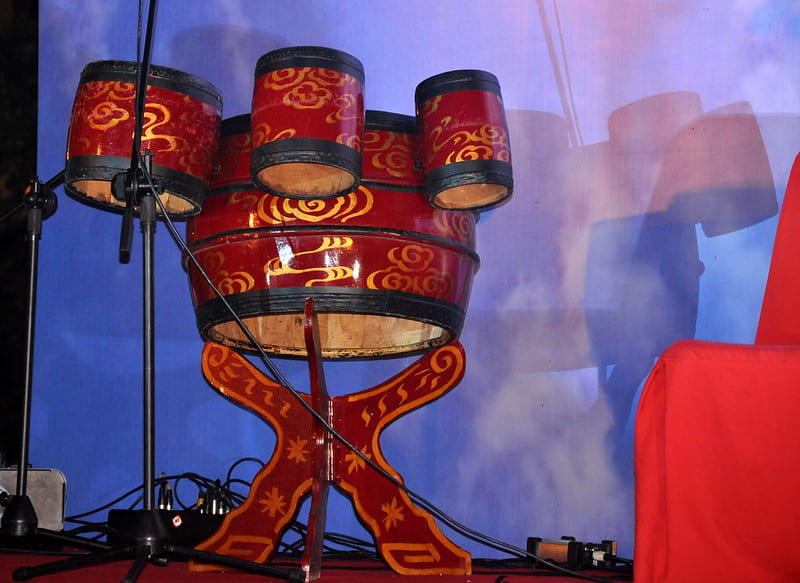
Summary
Throughout this research, analysis, and recording project, I experimented with drum arrangements to create rhythms. The project goal was to become attuned to the purpose and creation of a quality rhythm so that I could layer one of my own into a song I’d been developing.
My First HookTheory Rhythm (Beat)
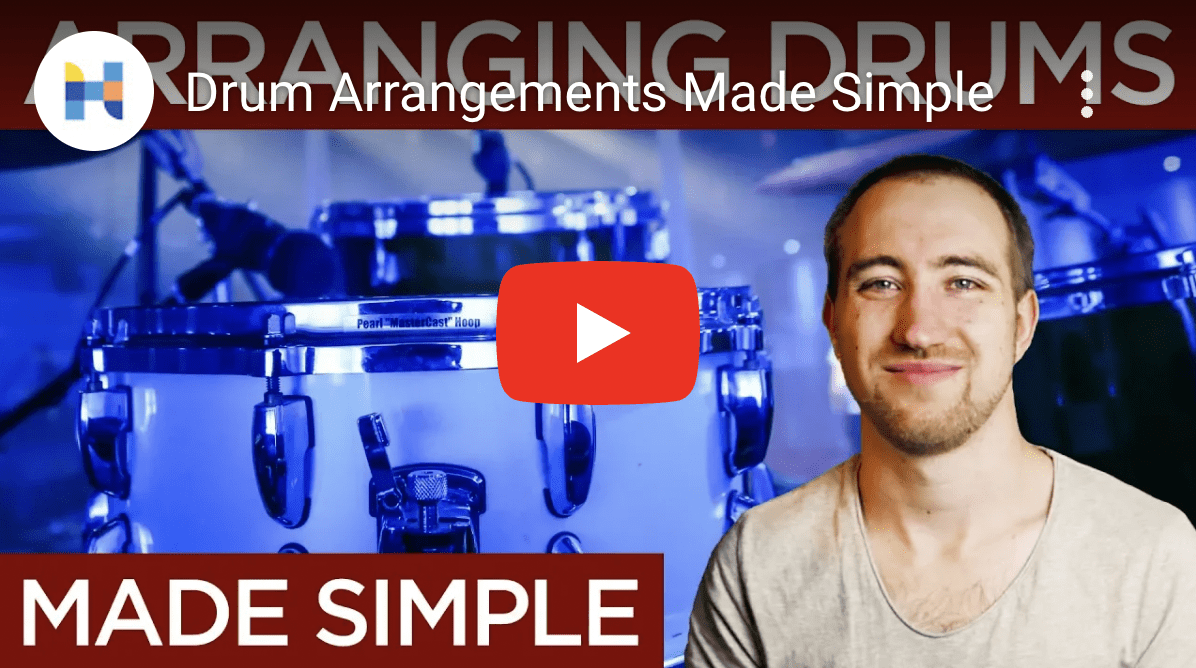
- Watch these HookTheory Drumming Tutorials
- Part 1 – Drum Arrangements Made Simple
- Part 2 – Arranging Drums in Hookpad
- Part 3 – Advanced Drum Arrangements in Hookpad

Notes from Howard Goodall’s Rhythm Video
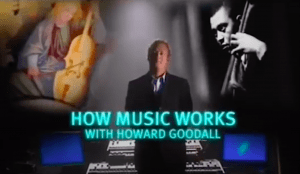
Watch How Rhythm Works (47 minutes)
| Cue | Notes |
| Cue | Subdividing/accenting beats was popularized by Phillip Glass but has been heavily prevalent in African culture/history. Accenting beats and repeating the sequence creates a groove. These accents attract attention to certain areas of a song or can change its entire theme Brains superimpose hierarchy on beats even if not present, often creating virtual accents Syncopation is a term that’s used to describe the common occurrence in jazz and music before where the rhythm would stray from its melodies and harmonies in a “playful” way/”playing catch up”, being delayed, etc–this has become very common in folk and pop— was popular in gypsy culture and ragtime music Syncopation later evolved into Swing Cross rhythm — rap—rap lines can work as percussion in rap–simple drums beneath a complex rap line are cross-rhythmic examples “Song” music from Cuba like Congo, and salsa, etc., fused Europeans style harmonies with African-style drums and local instruments to develop the genre In Cuban song music main beats are anticipated-not delayed—melody and bassline jump ahead in Cuban music—vocals pushed in front of the beat—“killing me softly” —-ex Swing has the main beat delayed Musicians play with where listeners intuit beats to be and occasionally work around this |
Summary
I learned about different rhythmic styles that have developed globally and how we’ve exchanged them. I also learned a bit about beats and how they’re used to influence the energy of a song.
Rhythm Composition Terms and Definitions
- Rhythm comes from natural things
- rhythm is even in music when you can’t hear it
- most beats are divided by 2,3, or 4
- accent, pulse, sub-division
- accents can put emphasis on one or two notes to make it sound very different
- syncopation is a musical slight of hand that makes it sound more mischievous and playful
- the elastication of syncopation became jazz
- cross-rhythm is music’s party trick. its the overlay of one pattern over another
- in Cuban music, the melody and bass line are ahead
- the Latin push has become very common nowadays
One of My Favorite Rhythms (Beats)
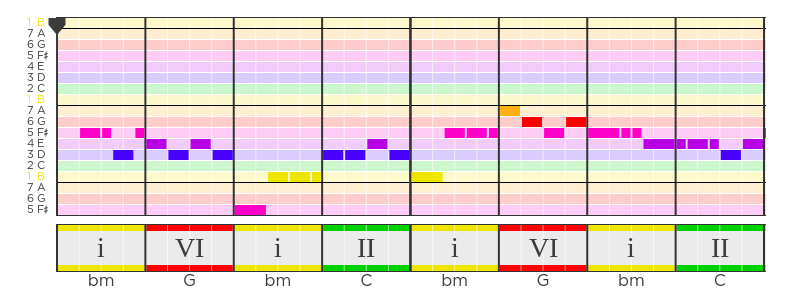
Wait And Bleed is in the Key of B, with a G note tonic and no tension chords visible on Hookpad. I think the allure of this piece (aside from the enjoyable rhythm) is the consistent pattern in the melody. A pattern is seen in the harmony as well. Both parts of the song continue repeating the same notes and chords and linger in the same tonal areas. It creates a tone that works with the song’s lyrics to develop an interesting story.
Play with Funklet
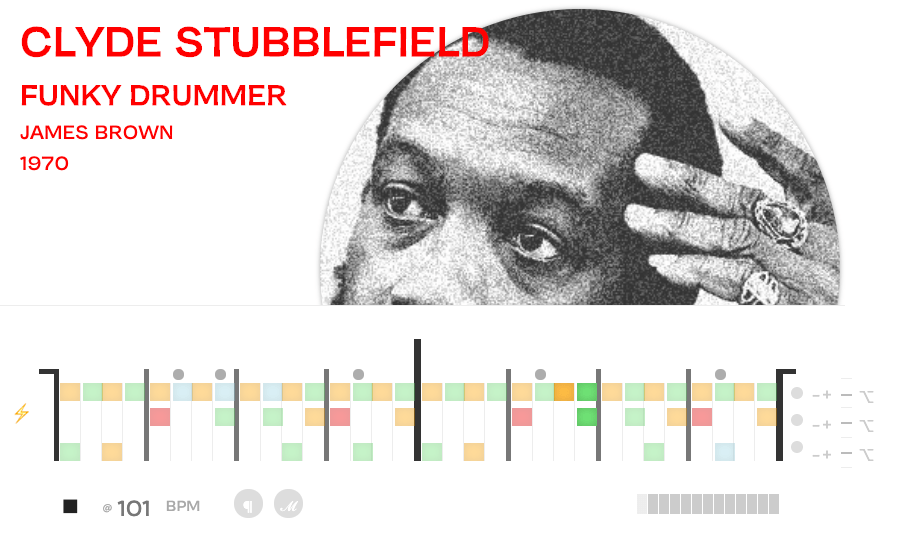
Export a MIDI File from Funklet
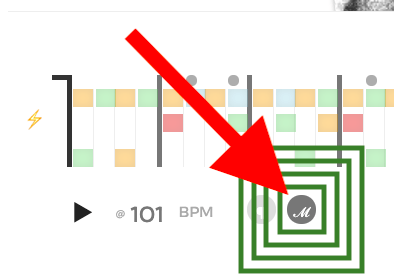
Explore Expanded DAW Drumming Options
- Soundtrap Tutorial 1 (2020) – Make a basic drum beat
- GarageBand – How To Use Drummer
- If you are ready to really learn more about Garageband, watch these GarageBand 10 Tutorials
My Second HookTheory Rhythm (Beats)

My second drum arrangement is very similar to my first. The only notable difference is the additional cymbals I added to strengthen the sound. I raised tension in the drums and with the cymbals alongside the increase in my melody. The resolution in my rhythm came in the last measure when the rhythm became more spaced and quiet.
What I Learned & Problems I Solved
The most interesting thing I learned during the time I spent researching rhythm was that “Brains superimpose hierarchy on beats even if not present, often creating virtual accents.” To have evidence that our brains respond, digest, and predict music on subconscious levels is something I find fascinating and comforting. I’ve been learning about this recently and enjoyed hearing other perspectives on this information.
Creating a rhythm for my pre-existing harmony and melody was not particularly difficult. There weren’t many issues to solve because I found that the resources provided worked well enough to accompany my composition. The only thing I had to adjust to was getting used to the process of applying fill-ins to my work in hook theory. And though hook theory has predetermined drum sets I chose to keep them because I continuously struggle to produce beats that sound natural while being interesting. The balance of not overwhelming a piece while still contributing something meaningful is difficult for me to achieve with rhythm.
Grammar and Spelling
Grammarly